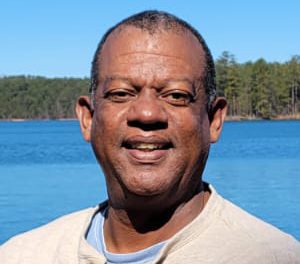One of the wonderful things about having a trailerable boat or PWC is the freedom to take it just about anywhere. If you decide you want to explore unfamiliar waters, you can. Local waters are easy – you know where the shallow spots are, the hidden tree stumps, and all the routes you regularly take. However, exploring unknown waters is different, but that’s exactly why you want to explore them. I highly recommend seizing such opportunities, but before you do, some preparation is necessary.
Make a float plan
Years ago, filing a float plan meant notifying local authorities about your trip. While you may not need to take such formal steps today for a simple cruise on new waters, you still need to have a plan. Decide where you want to go, what you want to do, and what you hope to see. Make sure someone not joining you on the water knows your plan, including your expected start time and return time. In the unlikely event something goes wrong, this person will be your point of contact, ensuring someone is watching out for your safe return.
Charts
When exploring new waterways, it’s a good idea to have charts of the area. Charts help you determine your location and highlight potential hazards, like shallow areas or other dangerous spots in the water. They also provide valuable information such as points of interest, fueling stations, and good fishing locations. If you have a GPS chart plotter, make sure you’ve uploaded the necessary charts before your trip.
But don’t forget: having a GPS doesn’t mean you don’t need a paper chart. It’s still a great backup in case your GPS malfunctions. Also, a chart is useless if you don’t know how to read it. If you’re not familiar with the symbols and notes on a chart, take the time to learn how to interpret it before your trip.
Plan your fuel consumption
If your adventure includes long-distance cruising, it’s essential to know where your fuel stops are and confirm they’ll be available when you arrive. Running out of fuel can quickly lead to a dangerous situation. Never let your fuel tanks drop below 35-40%. Keeping this reserve ensures you have enough fuel in case the unexpected happens during your trip.
Safety in numbers
Adventures are always more fun when shared with others – and they’re safer too. Having more than one vessel means there’s someone available to help if you face a mechanical issue or run aground.
One of my greatest adventures was riding my PWC from South Florida to the Bahamas. While I’ve known people who’ve done it alone, I would never consider that. Our group of 27 PWC riders made a huge difference in how confident we felt about the trip. Plus, having so many people on the adventure made it much more enjoyable.
Adventure is a great thing, and if the opportunity arises, I strongly recommend you take it. Proper preparation will keep you secure, even if something unexpected happens.




